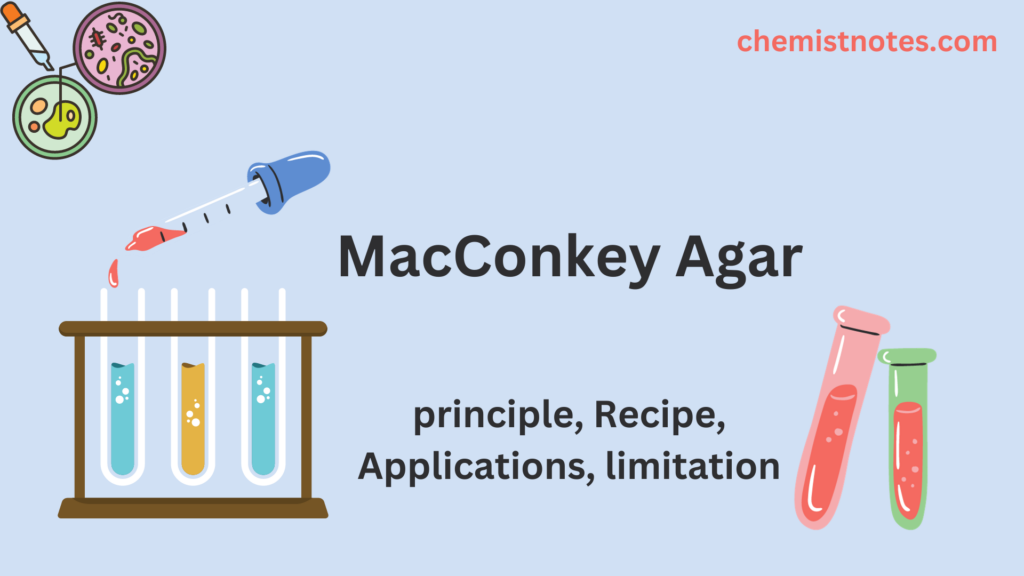Table of Contents
ToggleLipid is the fatty acids and their derivatives, and substances related biosynthetically or functionality to these compounds. Lipids are organic molecules with oxygen, carbon, and hydrogen atoms that serve as the building blocks for the structure and function of living cells. Lipids are chemical compounds (components that form a chemical bond) that support some of their processes. These are fatty or waxy compounds that your body produces and which do not dissolve in water.

What are lipids?
Lipids are organic compounds that are mostly soluble in organic solvents but relatively insoluble in water. They may be related to fatty acids and used by living cells. Lipids are tiny molecules, not polymers like polysaccharides, proteins, and nucleic acids.

Properties of lipids
- They are insoluble in water.
- They are soluble in non-polar solvents like organic solvent example benzene, and chloroform.
- They do not have ionic charges.
- They are energy-rich molecules.
Classification of lipids
Lipids are generally classifieds into two general classes on the basis of polarity and chemical composition. On the basis of polarity, they are classified as polar and nonpolar lipids. They are explained below with examples:
Polar lipids– which interact with water or the aqueous phase. Due to their positive and negative ends, which resemble little magnets, water molecules are polar. The majority of lipids are either non-polar (have no charged areas) or only very slightly polar, with a very small number of charged places. By adhering to their charged groups, hydrophilic (water-loving) substances mix with water.
Nonpolar lipids – which don’t form an aqueous phase. Over 90% of all lipids are composed of nonpolar lipids. Nonpolar lipids primarily consist of triglycerides. 80 to 85% of the total fatty acids in both fractions of each species-palmitic, linoleic, and oleic-are found in each species. Compared to polar lipids, nonpolar lipids are more saturated.
Basically, and on the basis of chemical composition, lipids are broadly categorized into simple, complex, and derived lipids:

1. Simple lipids
They are the esters of fatty acids with alcohol and are further divided into two types:
- Fats and oil – they are also called triacylglycerols: they are formed from the combination of esters of fatty acid and glycerol, the difference between fats and oil is the only difference in physical.
- Waxes– They are the esters of fatty acids with alcohols other than glycerol. Example cetyl alcohol
2. Complex lipids
They are also called compound lipids. They are the combination of esters of fatty acids with alcohols, containing additional groups like phosphate, nitrogenous bases, proteins, etc They are further divided into the following types:
- Phospholipid: It contains phosphoric acid and frequently nitrogenous bases
- Glycerophospholipids: They generally contain glycerol as alcohol. Exams cephalin
- Sphingophospholipids: They contain sphingosine as alcohol example sphingomyelin
- Glycolipids: They generally contain fatty acids, carbohydrates, and nitrogenous bases. The alcohol is sphingosine, hence called glycosphingolipids. Example cerebrosides
- Lipoproteins: They are the macromolecular complexes of lipids with proteins and other complex lipids-They are the sulpholipids, amino lipids, and lipopolysaccharide.
3. Derived lipids
They are obtained by the hydrolysis of group 1 and group 2 lipids which pose characteristics of lipids. They generally include glycerols, other alcohol, fatty acids, lipid, etc Derived lipids are substances with chemical origins that are found in the bodies of both plants and animals. They are used in other metabolic processes to create sterols, bile juices, and other vital compounds. It is composed of a mixture of lipids, both simple and compound.

Function of lipids
Lipids are generally used to provide most of the energy that is required by the human body. Some of the functions of lipids are :
- Help in-store energy
- regulating and signaling
- transportation
- provide metabolic fuel
- help in digestion
- insulating and protecting
- precursor of hormones
Examples of lipids
Some examples of lipids are fats, oils, waxes, certain vitamins like A, D, E,k, etc
Structure of lipids
Lipids are generally made up of three parts:
- glycerol backbone
- 2 fatty acids tails which are hydrophobic
- phosphate group which is hydrophilic

Monomer of lipids
The monomer of lipids is glycerol and fatty acids.
Lipid profile test
A collection of blood tests known as a lipid panel or lipid profile are used to detect abnormalities in lipids including cholesterol and triglycerides. This test’s results can be used to identify specific hereditary diseases and estimate the risks of developing cardiovascular disease, some types of pancreatitis, and other diseases. The normal range for lipid profile is:
Less than 100 mg/dL is ideal (This is the goal for people with diabetes or heart disease.) Almost ideal range: 100 to 129 mg/dL. High-risk range: 130 to 159 mg/dL. excessive: 160 to 189 mg/dL.
FAQs/MCQs
What are lipids?
lipids are the fatty acids and their derivatives.
What is the general formula of lipids?
The general formula for lipid is CH3(CH2)n COOH
What is an example of lipids?
The example of lipids are fats, oil, waxes, etc
What is the function of lipids?
The function of lipids is to provide storage for energy, regulate and signaling, provide metabolic fuel,, etc
What does high lipid profile indicate?
Triglycerides, a type of blood fat, are often measured as part of a lipid profile. The chance of developing heart disease may also increase if the triglyceride levels are high. Unhealthy cholesterol and triglyceride levels are influenced by factors you may change, like inactivity, obesity, and a poor diet.






